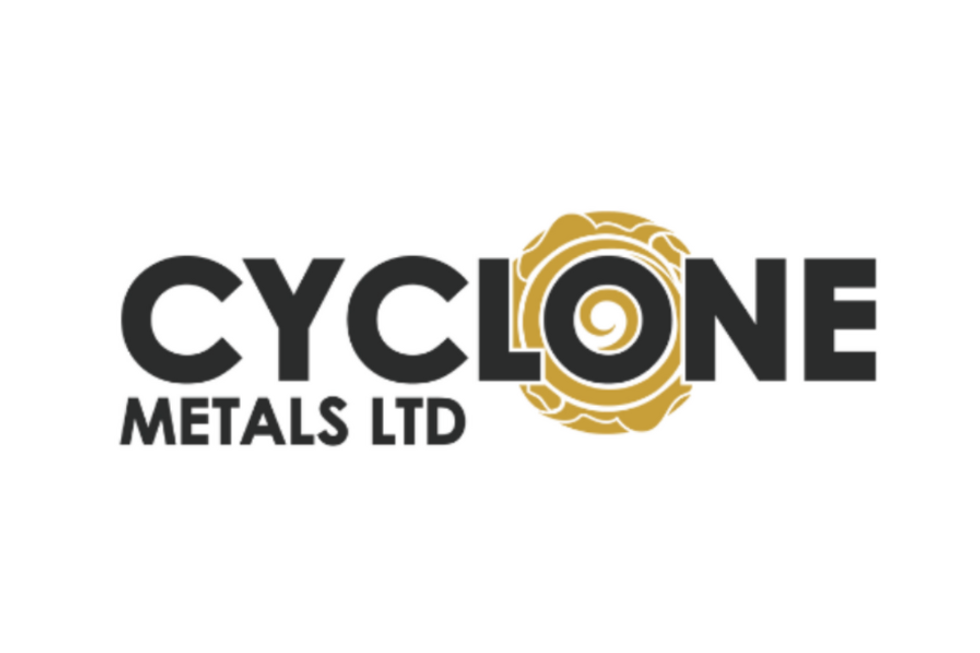What Every Investor Needs to Know About the Labrador Trough
The global economy may have slowed, but iron ore will always be in demand, especially in Asian powerhouses China and India. Iron Investing News looks at Canada’s Labrador Trough, an iron-ore-producing region that could one day rival market leaders Australia and Brazil.
The Labrador Trough could make Canada an iron ore powerhouse
The Trough’s vast iron ore holdings have the potential to boost Canada’s annual production by 120 million tonnes. That, along with production from the anticipated Mary River mine on Baffin Island, would bring the country’s yearly output to 250 million tons.
Such a jump would make Canada the world’s third-biggest iron ore producer, behind leader Australia’s 480 million tonnes and Brazil’s 390 million tonnes. Australia is home to the Pilbara region, the most productive iron-ore-mining area in the world. These amounts are based on US Geological Survey figures and don’t include China, for which the USGS only has figures for crude, not usable, ore.
About 55 to 65 percent of the ore in the Trough is direct shipping ore (DSO). DSO is very high-grade ore (between 55 and 65 percent iron) that requires minimal processing. The rest is lower-grade ore, mainly taconite and magnetite, which contains about 30 percent iron. As a result, this ore requires additional crushing, screening, and grinding before it can be shipped. The upside is that the final product has fewer impurities – and therefore higher value.
Major miners have significant operations in the Labrador Trough
The Trough was discovered by Canadian geologists in 1892. Production began in 1954, when the Iron Ore Company of Canada started mining a large reserve of DSO near the town of Schefferville. That mine produced over 150 million tons of ore between 1954 and 1982, when it was closed.
The Trough’s development slowed considerably in the 1980s and 1990s due to a drop in iron ore prices. In recent years, however, prices have moved up thanks to increased steel demand from China and India.
Right now, four mining companies are producing iron ore in the area, including two giant multinationals. Here’s an overview:
- ArcelorMittal (NYSE:MT) produces 14 million tonnes of iron ore a year from its Mont-Wright Mining Complex and Fire Lake mine.
- Rio Tinto (NYSE:RIO,ASX:RIO,LSE:RIO) operates the Carol Lake open-pit mine near Labrador City through its 59-percent-owned subsidiary Iron Ore Company of Canada. Carol Lake produces roughly 17 million tonnes of iron ore a year, though the company is currently expanding the operation to increase that to 22 million tonnes.
- Cliffs Natural Resources (NYSE:CLF) produces over 13 million tons of iron ore a year at its Wabush and Bloom Lake mines.
- Labrador Iron Mines (TSX:LIM) became the area’s newest producer when it opened its James mine, near Schefferville, in June 2011. This operation produces 2 million tonnes of iron ore annually, though that number is expected to rise in the coming years. Desjardins Securities analyst Jackie Przybylowski recently pegged the company as a potential takeover candidate, with the most logical acquirer being Rio Tinto.
Trough’s future hinges on getting the infrastructure right
One problem that continues to hold back the development of the Trough is poor or nonexistent transportation infrastructure due to the area’s remoteness.
“To make Canada the third-largest producer, Canada has got to have some long-term competitiveness on a very major cost component – which is the infrastructure,” Century Iron Mines (TSX:FER) CEO Sandy Chim recently told the Montreal Gazette.
According to the government of Quebec, there are at least 11 projects that could be launched in the area in the coming years. To facilitate this development, the government has put together the Plan Nord strategy, which consists of using $80 billion in public and private investments to develop the province’s north over the next 25 years. Some $1.2 billion of this money will be spent on transportation infrastructure alone by 2016.
For miners, a key part of the plan is the addition of new rail lines. Canadian National Railway (TSX:CNR,NYSE:CNI) has proposed building an 800-kilometer railway running from Schefferville to the port of Sept-Îles on the St. Lawrence River, passing numerous mining projects along the way. The railway plans to build the line with the backing of Quebec’s pension fund and hopes to start it up in 2017.
However, in order for the line to be feasible, CNR must be able to ship a minimum of 75 to 80 million tonnes of iron ore a year. In addition, Quebec’s Innu people remain opposed to Plan Nord; last week they blocked access to projects in the Trough in protest.
The province’s changing political climate is also creating uncertainty: Premier Jean Charest’s governing Liberals are expected to call an election in the coming weeks, and it’s uncertain what will happen to Plan Nord should he lose the vote.
Four junior mining companies to keep an eye on
In addition to major producers, the Labrador Trough is home to a number of active junior mining companies. One that is steadily moving toward production is Alderon Iron Ore (TSXV:ADV), which continues to develop its 7,625-hectare Kami project near Labrador City.
The deposit currently hosts an NI 43-101 compliant resource estimated at 1.1 billion tonnes of measured and indicated iron ore grading 29.8 percent iron, plus an additional inferred resource of 277.4 million tonnes at 29.8 percent iron. Alderon has also completed a preliminary economic assessment that envisions a mine producing 8 million tonnes of iron ore a year (at 65.5 percent iron) over a 15.3-year mine life. Production is scheduled to start in 2015.
In addition, Alderon has signed a number of infrastructure agreements, including a recent deal with the Sept-Îles Port Authority that will allow it to ship all the mine’s output from the port’s new deep-water dock, which will be partly funded by the Canadian federal government. The company also made headlines in January when it hired Danny Williams, former Newfoundland and Labrador premier, as an advisor.
In April, China’s largest steel producer, Hebei Iron & Steel Group, bought 19.9 percent of Alderon’s outstanding common shares, plus 25 percent of a joint venture that will own the mine, for $194 million.
Adriana Resources (TSXV:ADI) is another junior active in the Labrador Trough. It’s currently developing its Lac Otelnuk project, situated 170 kilometers north of Schefferville. The company’s NI 43-101 compliant resource estimate shows a measured and indicated 11.35 billion tonnes of iron ore grading 28.9 percent iron, plus an inferred 12.39 billion tonnes at 30.4 percent iron.
Like Alderon, the company has teamed up with a major Chinese partner to help develop its project. On January 12, 2012, Adriana and WISCO, a wholly-owned subsidiary of Wuhan Iron & Steel (SSE:600005), a major Chinese government-owned steel producer, closed an agreement to form a new joint venture that will oversee the continued development of Lac Otelnuk. WISCO now owns 60 percent of this joint venture, and Adriana holds the remaining 40 percent.
Century Iron Mines owns or has interests in a number of properties in the Labrador Trough. Its most advanced is its Duncan Lake project. The company owns 51 percent of Duncan Lake through a joint venture agreement with Augyva Mining Resources (TSXV:AUV).
Duncan Lake is located 570 kilometers north of Matagami, Quebec and is accessible by the paved Highway 109. The nearest shipping terminal is at James Bay, 120 kilometers away.
The company completed an NI 43-101 compliant resource estimate on the property in 2010. The report shows a measured resource of 5.7 million tonnes of ore grading 23.29 percent iron, an indicated resource of 25.6 million tonnes grading 23.48 percent iron, plus an inferred 821.5 million tonnes at 24.56 percent. Century is continuing its drilling to further add to the resource.
Century has also attracted significant investment from China: WISCO owns 25 percent of the company and Minmetals, a Chinese metals-trading company, holds 5 percent.
Champion Minerals (TSX:CHM) owns 17 iron concessions in the Fermont Iron Ore District of northeastern Quebec. Its Fire Lake North, Bellechasse and Harvey-Tuttle projects contain a combined 2.2 billion tonnes of iron ore. Last week Champion inked an agreement with the Port of Sept-Îles, by which Champion will pay $25.5 million towards the $220 million improvement project, in exchange for a guarantee to move 10 million tonnes of iron ore concentrate per year. The company has also signed an MOU with the Takuaikan Uashat Mak Mani-Utenam Innu First Nation to develop a multi-use railway for transporting iron ore from the Fire Lake North region to Sept-Îles.
Securities Disclosure: I, Chad Fraser, hold no positions in any of the companies mentioned in this article.

